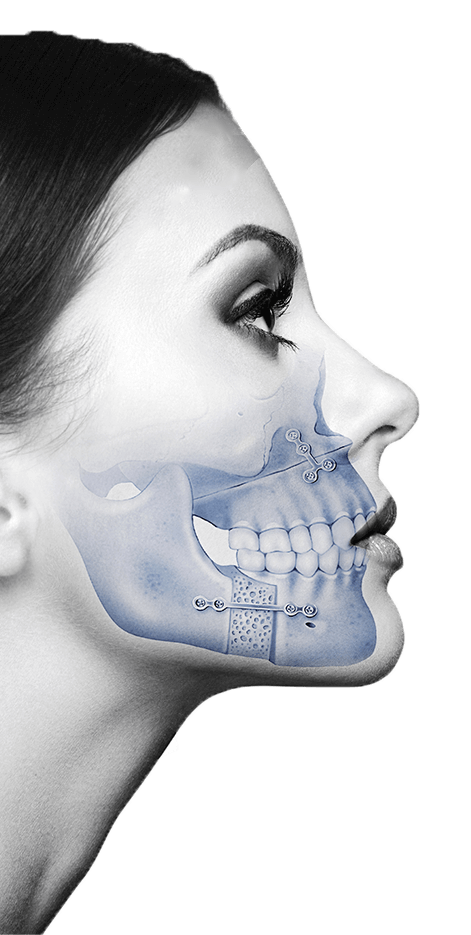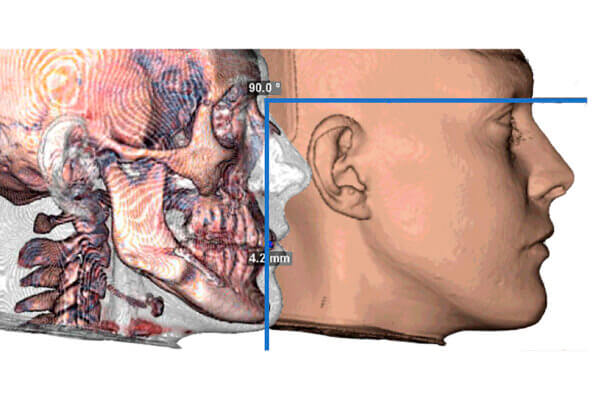16/01/2025
Today we answer this question, which is very common in our practice. Let's go step by step: Minimum Age for Orthognathic Surgery Skeletal development is a crucial factor in planning orthognathic surgery. In general, it is recommended to wait until the growth of the maxillary bones has finished before performing the intervention. This moment varies...
11/06/2024
Have you ever wondered what makes a face attractive? The concept of beauty is subjective, but Prof. Federico Hernandez Alfaro and his research team have been working to understand what makes a face aesthetically pleasing. The result of all these years of research is the "Barcelona Line," a new reference plane for determining the ideal...
20/03/2024
If you are considering orthognathic surgery, you may wonder if you can do it if you already have veneers. The short answer is yes, but it is important to keep some important considerations in mind. If you don't already have dental veneers, you may want to consider getting them after orthognathic surgery. Orthognathic surgery mobilizes...
07/09/2023
In sports, seemingly insignificant factors can make the difference between success and mediocrity. The ability to breathe efficiently is essential for athletes, as adequate oxygenation of the body is essential to maintain optimal performance. In this sense, orthognathic surgery stands out: By correcting problems such as sleep apnea or airway obstruction, this surgery can dramatically...











